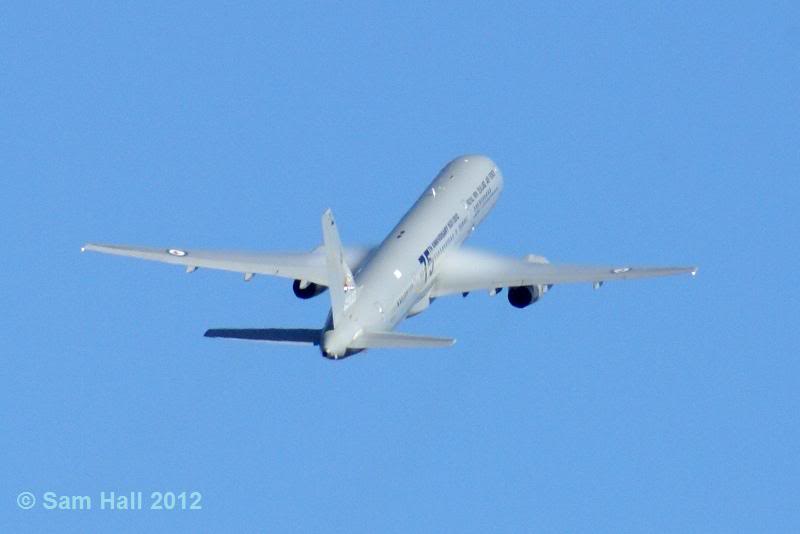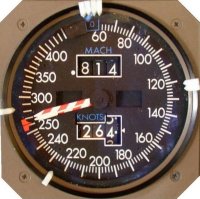I am just trying to understand pilot for 9/11 truth claims. The video that says "pilots say no way" the phone calls to Aeronautical engineers is my biggest question when they say that the engine can't do that. I've seen a couple more videos where they actually talk to Boeing and she laughs and say no as well.
She was not an engineer, and she mostly likely laughed because the FAA speed limit is 250 KIAS below 10,000 feet - she had no clue what the top speed theoretically is for a 767, she answers the phone - she has to be told by "Boeing".
The one engineer on the video had to think, and he is making up his mind in seconds, instead of doing the math - thus he is falling back on BS opinion, and not reality.
The fact is Flight 77 engines were approaching the temperature limit at 483.5 knots at impact.
On the other side, at sea level a jet engines has it RATED thrust, thus comparing a jet able to cruise in thin air with much reduced thrust is silly. I flew a jet with poor thrust for what I was carrying, my critical field length was 12,000 feet sometimes; we would have to burn off fuel to takeoff legally for safety of flight, and for war time, our critical field length was off the runway, we could not loose but a fraction of thrust and make it off the ground.
Jet engine produce the most thrust at sea level, you have to run the numbers to see where drag would equal thrust.
All the jets on 911 were in decent up to impact - and even if you want to say they leveled off, the excess speed takes time to bleed off unless you climb.
As I said before you can glide at 300 knots in a Boeing jet with 3 degrees down, like going down hill you can exceed the speed limit coasting.
The best way to understand pilots for truth claims, they are all BS. Pilots for truth quote mine anyone and then turn that into some piece of "evidence" for their claims. The video is a perfect example of asking question cold, and then quote mining the results - instead of doing any math, we have opinions pilots for truth can use to mislead and act like "experts".
Where is the math for the video, the proof, the aerodynamic proof? Where is it? When I did aero for my masters degree we filled the board with equations, pilots for truth fill the "board" with BS opinions. You got opinions from engineers and each one was wrong. Why are they wrong? Because on 911 Flight 175 was "seen" on RADAR going 590 mph, nearly 510 knots (in pilot training, in T-38 we could over 600 knots at near sea level, trying to beat thunderstorms back to the base, in our min fuel white rocket).
Flight 77 FDR show 77 was going 483.5 knots, 504 knots would be 1.2Vd.
Each of the experts who talked off the top of their heads was wrong, proved wrong by RADAR, and FDR.
Video is debunked by reality. Now did flight 175 suffer any damage, who knows, parts were all over from the impact, no major damage was seen on the low resolutions slow speed video. When a fellow pilot tried to catch me when I was doing .9 MACH, and Vmo all the way home to base, he did catch me, and lost some skin underneath the leading edge of the wing; the Crew Chief was upset big time. When we refueled the SR-71 we took it to Vmo, and on our airspeed indicator we could be above the Vmo indicator - only once did I have flutter at the high speed, an aileron was vibrating - the jets were over 30 years old.


